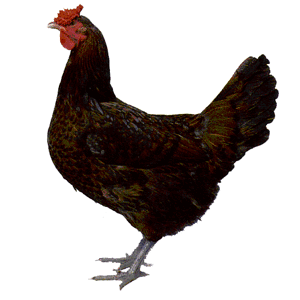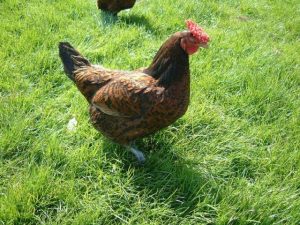
Redcap chickens…….a brief overview
The very large rose-comb is the most striking characteristic of this breed. This is where they get their name from. The very unique rose comb literally looks like they are wearing a ‘Red Cap’!
Redcaps originated in Derbyshire, England, probably from a Hamburg crossed with other breeds. The breed shares a common ancestry with other fowl such as the Old English Pheasant Fowl. Also with many now lost Northern English breeds. Like many of the rarer breeds they have a reputation for flightiness but if kept in coops are still reasonable layers. They were bred to accentuate their comb which in shows has a marking of 45{cfcd481556a8b43fba6af451761032bd323e94372a0c1e607} of the total marks.
They are still on the endangered list with only 300-500 birds worldwide!
Standard Male weight: 7.5 lb. (3.4 kg) Hen: 6 lb. (2.75 kg)
Bantam Male weight : 30 oz. (850 g) Hen: 26 02. (740 g)
Eggs
Size
RedCap’s will lay a Large sized egg
Color
White
Production per year
Derbyshire Redcaps will lay about 200 eggs
When do they start laying eggs?
Redcaps start laying around 22 weeks
Redcap Characteristics
Temperament / Are they good as pets?
Quite flighty, but will make great pets, fairly hardy so won’t need too much attention from you either. Great if you want to let them out in the morning and leave them too it during the day! Great fliers, so you may need to keep a net over the coop & run. They are a very versatile chicken that won’t go broody either.
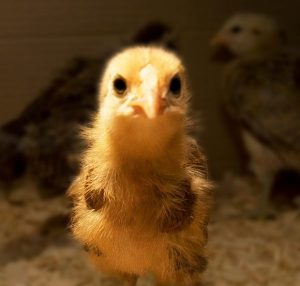
How do I tame Redcap chickens?
They are fairly independent as adults so my suggestion is start early. Begin when chicks by handling them a few times a day. They will very quickly become used to human interaction and learn that you are ‘safe’. Treats also work damn well to encourage them over for a cuddle!
How many do I need to buy?
Being independent and enjoying foraging they can be ok in just a pair. Id never suggest owning just a single chicken of any breed. Chickens are still social creatures and prefer company. The best number for a backyard flock is between 6 and 12 chickens.
How much space do they need?
Redcaps thrive when free range, but will tolerate confinement in a coop. 25sqft per chicken is a good rule if you are going to keep them in a run.
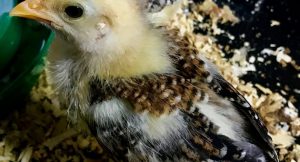
Will they mix with my other chickens?
Nearly always yes. They are alert and active so wouldn’t be picked on or bullied by other birds.
Appearance
The first, most recognizable feature is the bright red comb. Its large even on the females but even larger on the males! Their ears are a bright red color.
The females head is brown in color. The neck, body, wings and legs are all brown. But range from light to dark with some black often in the wings. The tail is nearly all black.
The males head is a rich deep reddish color. Front of neck, body, tail, breast and legs are all shades of black.
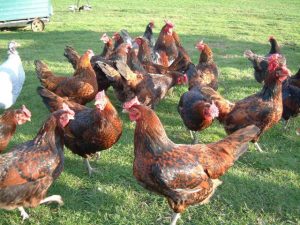
Feeding
What should I feed them?
When you first get your chicks home you should feed them growers mash. Growers mash has a higher percentage of protein (19{cfcd481556a8b43fba6af451761032bd323e94372a0c1e607}) and is well refined so that it can be easily ingested. You should feed them growers mash up until 6 weeks. At six weeks old they should be fed chicken pellets which is just feed in pellet form, this contains 15-16{cfcd481556a8b43fba6af451761032bd323e94372a0c1e607} protein. At 18 weeks your chickens need more nutrients to help with egg production but they are still growing too. So start introducing layers mash into their feed and they will then eat this until they stop laying. Layers pellets which has around 16{cfcd481556a8b43fba6af451761032bd323e94372a0c1e607} protein, is also fine to feed them if you can’t source layers mash.
How much should I feed them?
Redcap adult chickens eat anywhere between 2.9 oz (80g) and 4.2oz (120g) a day. The more free range they are the more they will forage for their own food. This means you have to feed them less – a big saving!
What can’t they eat?
This goes for all chickens, not just Redcaps FYI – they cant eat chocolate or beans! It’s not like they ‘shouldn’t’ either, they really cant. Both chocolate and beans can physically kill them. It leads to cardiac arrest in chickens so be vigilant if you are feeding them scraps from the table. That’s the most common way that beans would sneak into their diet. Also be sure that if you chicken are free range they can’t get to any beans plants. Either in a vegetable patch at the end of your garden – or the neighbors garden…..they do have wings!
All chicken feed questions are answered on our feed page
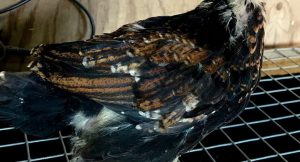
What do I need to keep chickens?
To keep chickens you’ll need what I call the big 3! Somewhere for them to live, something for them to drink from and something for them to eat from:
1. A Coop – ‘a house makes a home’!
-
- Required is good size nesting boxes as Redcaps are slightly larger than average chickens. Only 1 nesting box is required per every 4-6 chickens. Manufactures put in more than is required as a marketing ploy, you don’t need a nesting box per bird. So don’t fall for it. More nesting boxes just means there is less space for roosting and moving around..
- A coop needs good ventilation, its so often over looked. Look for coops than have good ventilation but where the vent isn’t directly infront of the roosting bars. So at night, they don’t catch a chill.
- Chickens don’t sleep on the floor, they need roosting bars. They will sleep perched on these during the night.
2. A Waterer
I always recommend a metal one vs a plastic one. Why you ask, as they cost more? Simple – they are heavier so less likely to be pushed over. Imagine you are out at work all day and your chickens jump on top of the waterer and it falls over. It will all spill out and chickens can suffer from heat stroke very quickly.
Another good reason, chickens prefer cool water, and the metal waterer will keep it water cooler for longer. Water should ideally be changed daily to keep it clean and free of nasties.
The last reason, is my plastic waterer lasted about a year, my metal one is still going strong after 15+ years!
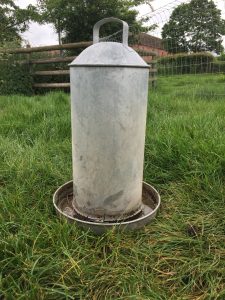
3. A Feeder
Ok not always required. You can scatter feed on the floor and I do this, but here’s why I only recommend it in certain situations. If your chickens are free range it gives them something to do, they will enjoy scratching around on the floor for bits of corn or pellets. BUT, if uneaten this feed will attract rodents. So what I do is put the majority of the feed in the feeder. Then when the weather is good, I scatter some around on the grass. Only really when the weather is good as otherwise it can go bad very quickly. Bad feed is a waste, its left by the chickens, and then you have rodents again.
Again it’s a metal feeder for me vs a plastic one. Same reasons as before…….
OK lets Recap on the RedCap!!
- 200+ eggs per year
- Can forage 50{cfcd481556a8b43fba6af451761032bd323e94372a0c1e607} of its own food when free range
- Cold and heat hardy
- Won’t go broody
- Gorgeous Large White eggs
- Awesome looking with a unique Comb
- The breed is on the critical list so needs help, and you can help!
